Best Postgresql Books to Buy in December 2025
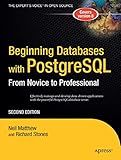
Beginning Databases with PostgreSQL: From Novice to Professional (Beginning From Novice to Professional)
- QUALITY ASSURANCE: GOOD CONDITION ENSURES VALUE AND RELIABILITY.
- COST-EFFECTIVE: AFFORDABLE OPTION FOR BUDGET-CONSCIOUS READERS.
- ECO-FRIENDLY CHOICE: SUPPORTS RECYCLING AND PROMOTES SUSTAINABILITY.


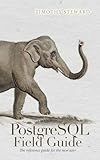
PostgreSQL Field Guide: The reference guide for the new user


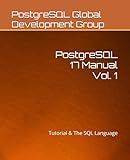
PostgreSQL 17 Manual Vol. 1: Tutorial & The SQL Language


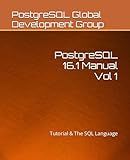
PostgreSQL 16.1 Manual Vol 1: Tutorial & The SQL Language


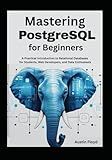
Mastering PostgreSQL for Beginners: A Practical Introduction to Relational Databases for Students, Web Developers, and Data Enthusiasts (PostgreSQL ... Fundamentals to Advanced Data Analysis)


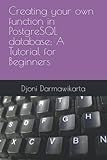
Creating your own function in PostgreSQL database: A Tutorial for Beginners


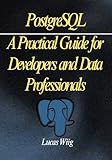
PostgreSQL: A Practical Guide for Developers and Data Professionals


In PostgreSQL, you can structure nested arrays by using multidimensional arrays or JSONB data type.
One approach is to use multidimensional arrays, where you can have arrays within arrays to represent nested data structures. For example, you can create a multidimensional array by defining an array within another array like this: {{1,2,3},{4,5,6}}.
Another approach is to use the JSONB data type, which allows you to store nested arrays as JSON objects. You can insert nested arrays as JSON objects by converting them to JSON format using the JSONB functions provided by PostgreSQL.
Overall, structuring nested arrays in PostgreSQL involves using either multidimensional arrays or JSONB data type to represent complex data structures within arrays.
What are the benefits of using nested arrays in PostgreSQL?
- Improved organization and structure: By using nested arrays, you can organize related data in a more structured and hierarchical way, making it easier to manage and query.
- Increased flexibility: Nested arrays allow for more complex data structures, enabling you to store and retrieve a variety of data types within a single column.
- Simplified data manipulation: With nested arrays, you can apply array functions and operations directly to nested elements, making data manipulation and analysis more efficient.
- Reduced database redundancy: By storing related data in nested arrays, you can avoid duplicating information across multiple tables, leading to more efficient data storage and retrieval.
- Enhanced query performance: Nested arrays can help improve query performance by reducing the number of JOIN operations needed to retrieve related data elements.
- Better support for JSON data: PostgreSQL's nested array feature is often used in combination with JSON data types, providing seamless integration and improved querying capabilities for JSON data.
How to insert JSON data into a nested array in PostgreSQL?
To insert JSON data into a nested array in PostgreSQL, you can use the jsonb data type along with the jsonb_array_elements function. Here is an example of how you can do this:
- Create a table with a column of type jsonb:
CREATE TABLE example_table ( id SERIAL PRIMARY KEY, nested_data jsonb );
- Insert JSON data into the nested array column using the jsonb_array_elements function:
INSERT INTO example_table (nested_data) VALUES ('{"key1": ["value1", "value2"]}'), ('{"key2": ["value3", "value4"]}');
- Query the table to check the inserted data:
SELECT * FROM example_table;
This will display the inserted JSON data in the nested array column.
Keep in mind that JSON data can be nested to multiple levels in PostgreSQL by using the -> or ->> operators to access nested keys and values.
What is the impact of indexing on performance when using nested arrays in PostgreSQL?
Using nested arrays in PostgreSQL can provide a flexible and efficient way to store and query complex data structures. However, indexing nested arrays can have a significant impact on performance.
When using nested arrays, PostgreSQL may need to traverse multiple levels of the array to access the desired data. This can result in slower query times, especially for complex queries that involve multiple nested arrays.
Indexing nested arrays can help improve performance by allowing PostgreSQL to quickly locate the desired data within the arrays. However, creating and maintaining indexes on nested arrays can also add overhead to the database, as the indexes need to be updated whenever the data in the arrays changes.
Overall, the impact of indexing on performance when using nested arrays in PostgreSQL will depend on the specific use case and query patterns. It's important to carefully consider the trade-offs between query performance and index maintenance when working with nested arrays in PostgreSQL.
